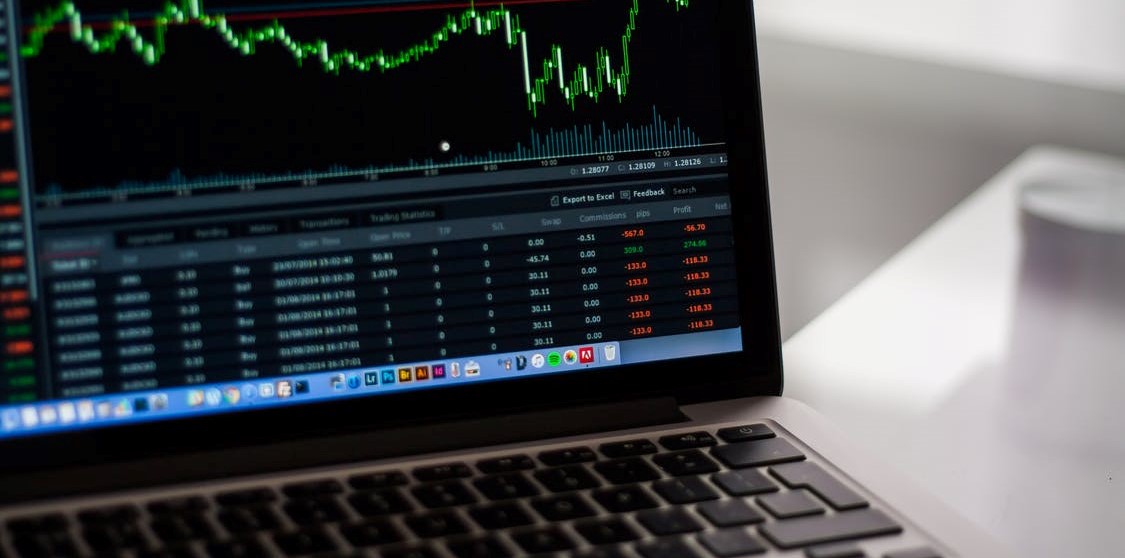And just like that, the environment changed. The Federal Reserve lowered interest rates by 0.25% since our last market commentary. That was a change from their original plan of raising interest rates not once, but twice before year-end 2019. So now we have a falling rate environment instead of a rising rate one.
Why should you care? There are a few reasons. When interest rates are falling, bond prices rise as a result. So unlike the past couple of years, there is now the potential to make money in US Treasury bonds. What that also means is that US Treasury bonds, which we think of as a “safety” asset, may now be ready to absorb in-flows of money that could potentially come out of the stock market if it starts falling.
Which brings us to the yield curve. The moment we’ve been waiting for (what seems like forever at this point) is that now, the 2-year US Treasury bonds are paying more interest than the 10-year US Treasury bonds. This is referred to as an “inversion.” Historically, this event, for whatever reason, tends to precede recessions by an average of 12 months. Reuters has a great summary of this phenomenon here.
I remember hearing a lot about the yield curve in 2007, but back then, the amount of data about its potential impact wasn’t as readily available as it is today. This, to me, is one of the big “if I knew then what I know now” moments in life. And having the ability to protect client assets in a recession was one of the main reasons I started Shadowridge in the first place.
Last month, I suggested (and even so boldly Tweeted) that the S&P 5001 may have put in its high for 2019. So far, so good on the call. But, we’re not about making predictions here. I actually hope I’m wrong.
This month’s chart re-visits the range of the S&P 500 over the past year – showing how it is in almost exactly the same place where it peaked this time last year (follow the green line). There is a perception out there that the market is making huge gains, but to us, this chart tends to show the opposite. The market appears to be stuck in a long-term range that it can’t seem to break out from.

Back-to-school season is now in full swing. Until next time, stay safe out there!

1 The Standard and Poor’s 500 is an unmanaged, capitalization-weighted benchmark that tracks broad-based changes in the U.S. stock market. This index of 500 common stocks is comprised of 400 industrial, 20 transportation, 40 utility, and 40 financial companies representing major U.S. industry sectors. The index is calculated on a total return basis with dividends reinvested and is not available for direct investment.
2 Charts are for informational purposes only and are not intended to be a projection or prediction of current or future performance of any specific product. All financial products have an element of risk and may experience loss. Past performance is not indicative of future results.

